
Contact Us through info@lovekonjac.com
Satiety is the feeling of fullness after eating that suppresses hunger and reduces the need to eat more. It is an essential aspect of healthy eating habits as it helps regulate calorie intake and promotes weight management. Consuming foods that keep you full for longer can also prevent overeating and reduce the risk of chronic diseases such as obesity, diabetes, and heart disease.
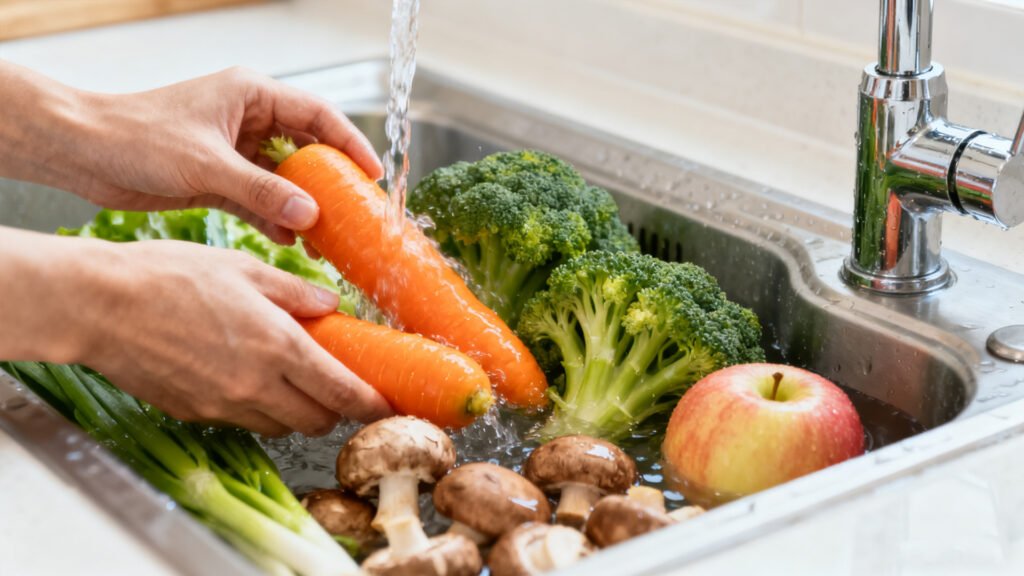
Before we discuss the foods that can help you stay full, let’s first examine why some people feel hungry shortly after a meal. Here are some factors that can contribute to this:
Eating too quickly can prevent your brain from registering that you are full. As a result, you may feel hungry again soon after finishing your meal.
Foods with a high glycemic index, like white bread and sugary snacks, can cause a rapid spike in blood sugar levels followed by a quick drop. This can lead to feelings of hunger and cravings.
If you eat foods that are low in calories, your body may not feel satiated, and you may feel hungry again soon after eating.
Protein is known to be satiating, meaning it can help you feel full for longer periods. If you do not consume enough protein in your meals, you may feel hungry again soon after eating.
Fiber is a type of carbohydrate that the body cannot digest, meaning it passes through the digestive system intact. Foods high in fiber take longer to digest, keeping you feeling fuller for longer. Incorporating fiber-rich foods such as fruits, vegetables, whole grains, and nuts into your diet can help you feel full and satisfied.
Hormones like ghrelin, leptin, and insulin play a role in regulating hunger and satiety. Hormonal imbalances, like those that occur with certain medical conditions, can disrupt this process and cause feelings of hunger soon after eating.
Now that we’ve covered the basics, it’s time to dive into the main topic: the foods that keep you feeling full for longer. Here are some of the top options:
Oatmeal: Oatmeal is a great source of fiber and protein, both of which can help you feel full. It also contains complex carbohydrates that are slowly digested, providing sustained energy.
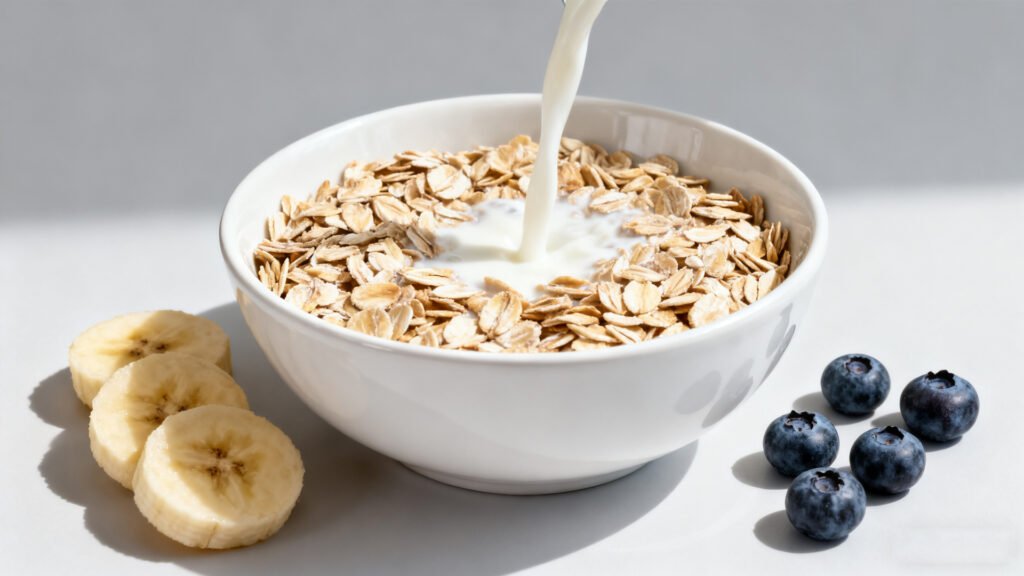
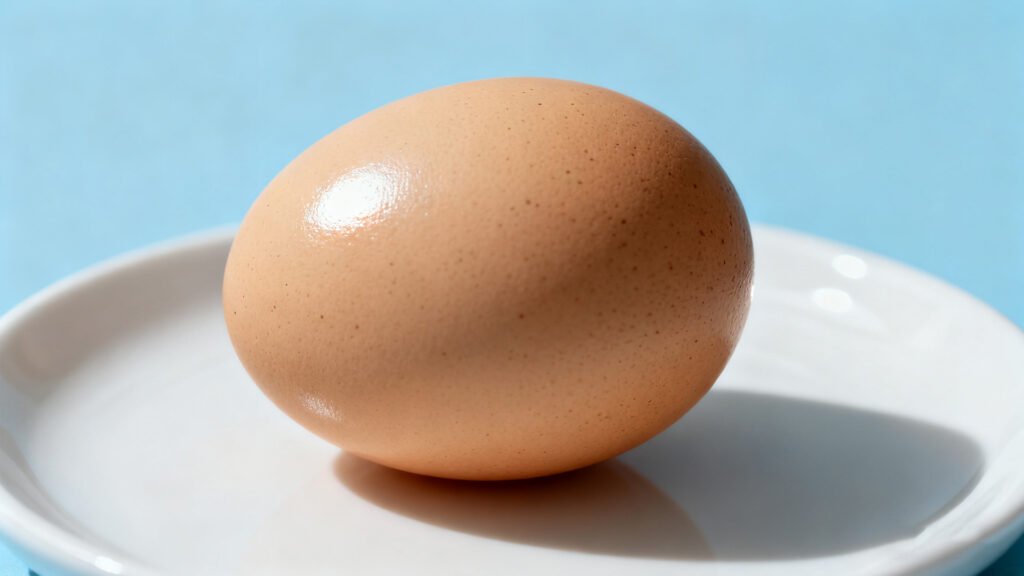
Eggs: Eggs are a good source of protein and healthy fats, which can help you feel full and satisfied. They also contain choline, a nutrient that has been linked to improved brain function.
Nuts: Nuts are a great source of healthy fats, fiber, and protein. They are also nutrient-dense, meaning they provide a lot of nutrients for their calorie content. Just be mindful of portion sizes, as nuts are calorie-dense.
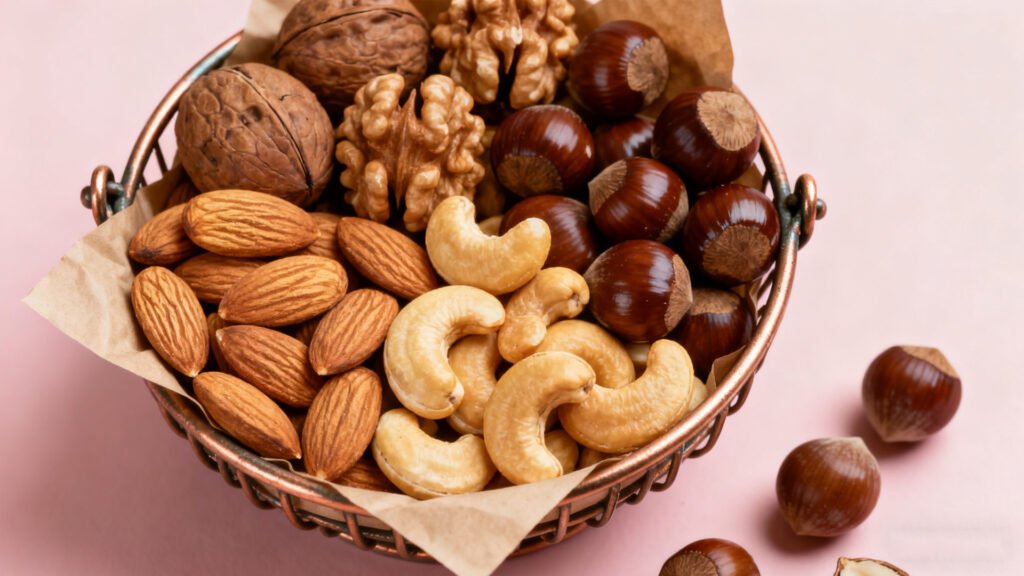
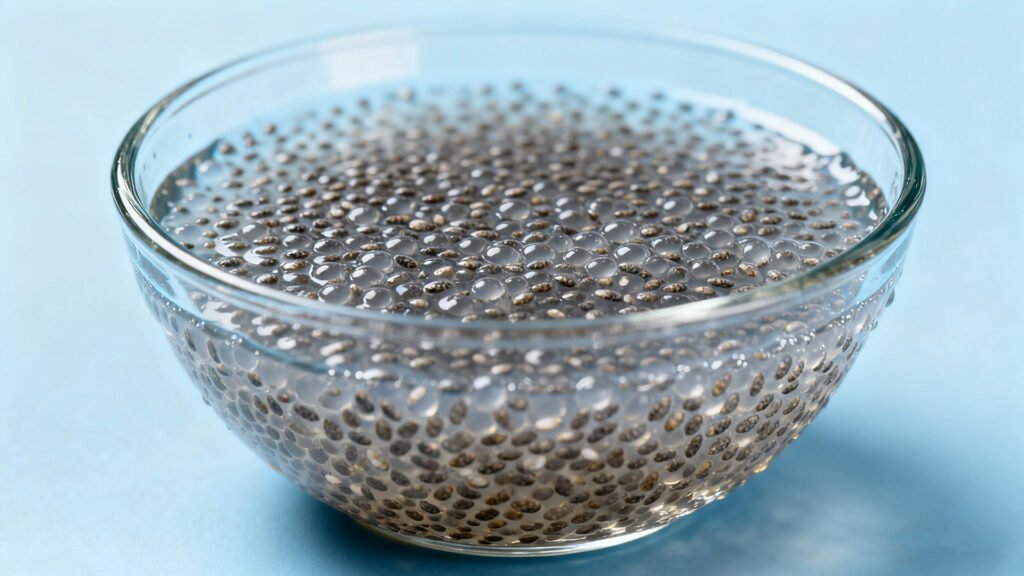
Chia seeds: Chia seeds are rich in fiber and can absorb up to 10 times their weight in water, which can help you feel full. They also contain healthy omega-3 fatty acids.
Apples: Apples are a good source of fiber and water, both of which can help you feel full. They are also low in calories, making them a great snack option.
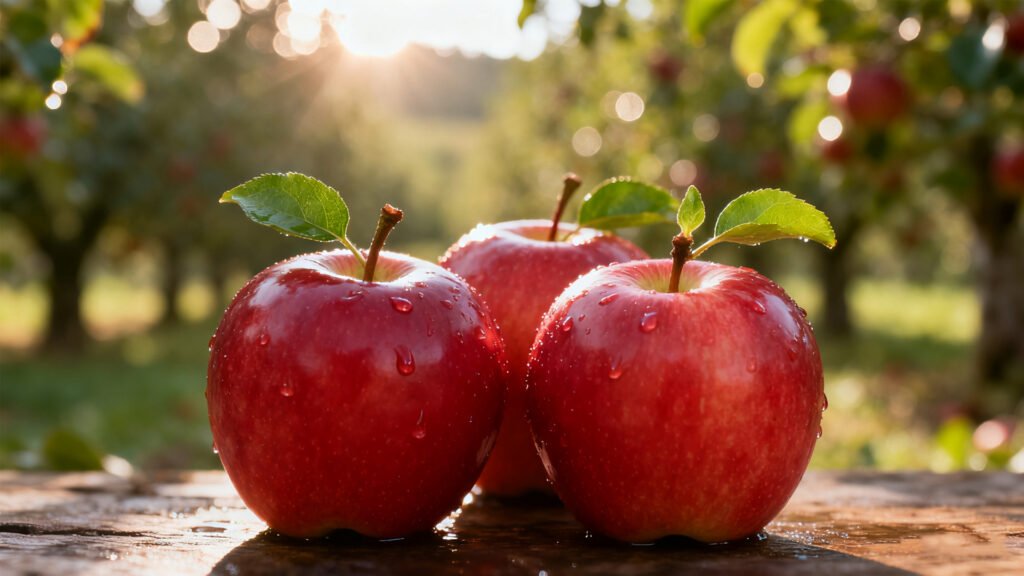
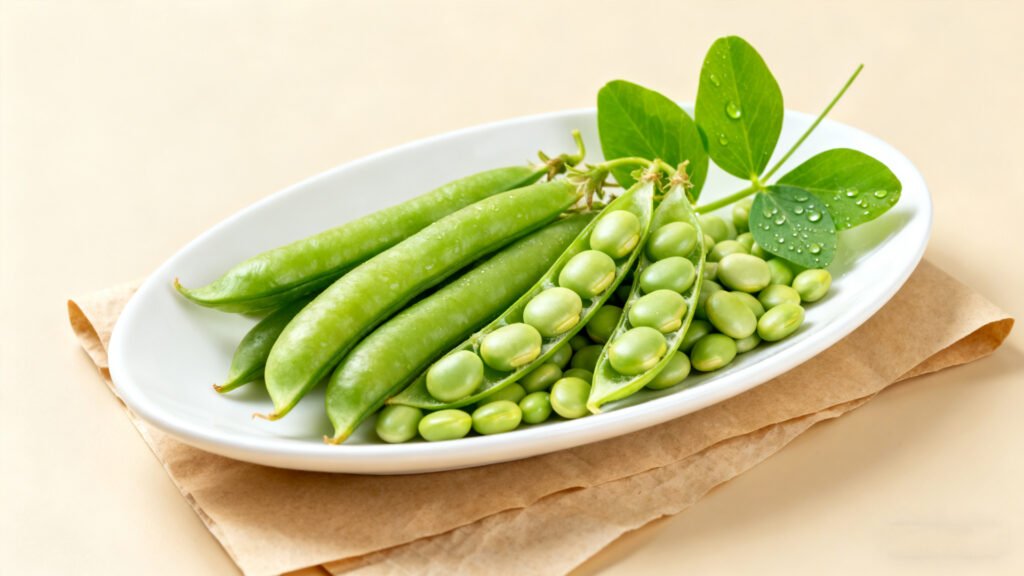
Lentils: Lentils are a great source of protein and fiber, which can help you feel full. They are also rich in iron and other nutrients.
Avocado: Avocado is a great source of healthy fats, fiber, and potassium. It can help you feel full and satisfied, and may also improve cholesterol levels.
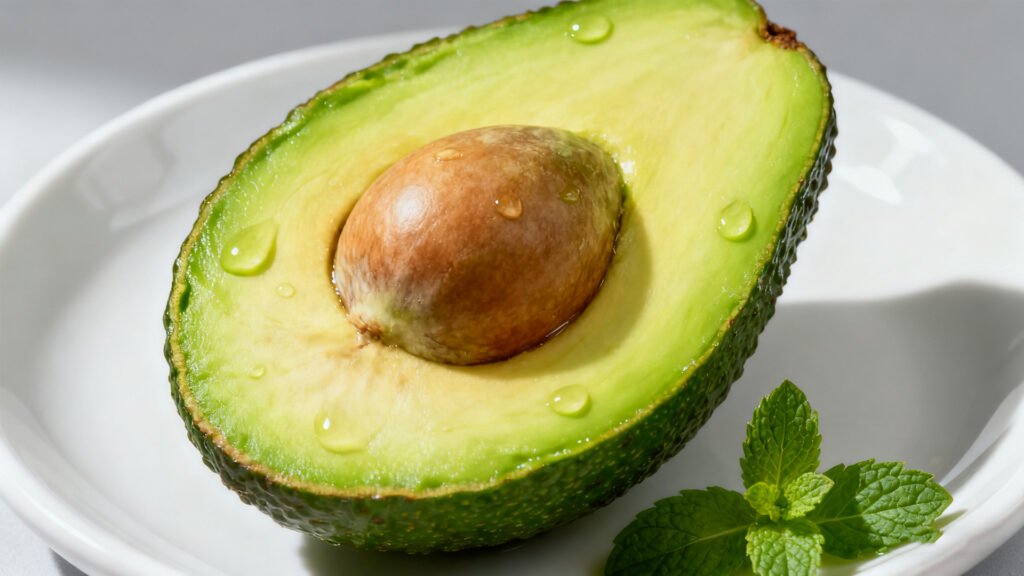
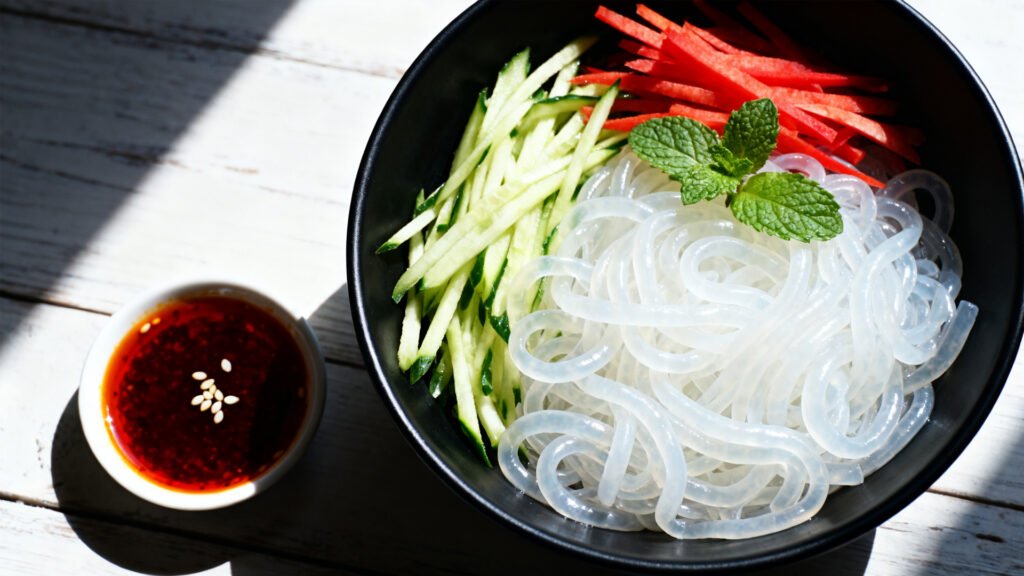
Konjac noodle:Konjac noodles, also known as shirataki noodles, can enhance feelings of fullness because they are high in fiber, low in calories and carbohydrates, and contain glucomannan fiber that absorbs water in the digestive system. The high fiber content slows down digestion, which helps to keep you feeling full for longer periods of time. Additionally, the absorption of water by the glucomannan fiber further increases feelings of fullness. These properties of konjac noodles can be beneficial for weight management, but they should not be relied upon as the sole source of nutrition in a diet.
NUTRIENT (PER 100G) | protein | Fiber | Fats | carbohydrates | Calories |
Oatmeal | 12.9g | 10g | 6.3g | 65.9g | 373Kcal |
Eggs | 12.6g | 0g | 9.6g | 0,7g | 144Kal |
Nuts | 20.5 | 7.2g | 54g | 21.6g | 619kcal |
Chia seeds | 16.54g | 34.4g | 30.74 | 42.12 | 486kcal |
Apples | 0.3g | 2.4g | 0.2g | 13.8g | 52kcal |
Lentils | 9g | 8g | 0.4g | 20g | 115Kcal |
Avocado | 2g | 6.5g | 14.4g | 8.5g | 161Kcal |
Konjac noodle | 0g | 3.3g | 0g | 0.6g | 9Kcal |
Tips for Promoting Satiety
In addition to incorporating the above foods into your diet, here are some tips for promoting satiety:
1. Eat slowly and mindfully, taking at least 20 chews per bite
2. Include high-fiber foods&protein-rich foods to increase satiety.
3. Avoid distractions while eating, such as watching TV or using your phone
4. Drink plenty of water throughout the day, aiming for at least 8-10 cups per day, to prevent dehydration and promote satiety.
5. Get enough sleep to regulate hunger hormones

Incorporating foods that promote satiety into your diet can help you feel fuller for longer, reduce calorie intake, and promote weight management. High-protein foods, fiber-rich foods, healthy fats, and water-rich foods can all help promote satiety. Additionally, following the tips for promoting satiety can also help regulate hunger and fullness signals.
